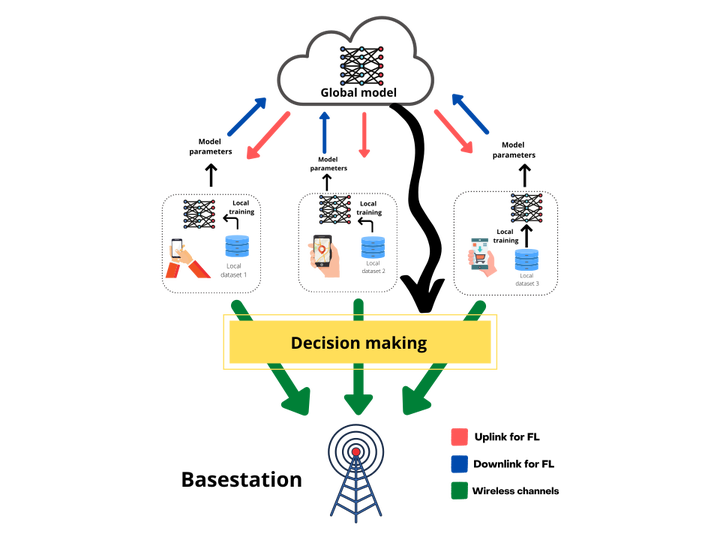Federated learning and next generation wireless communications: A survey on bidirectional relationship

Abstract
In order to meet the extremely heterogeneous requirements of the next generation wireless communication networks, research community is increasingly dependent on using machine learning solutions for real-time decision-making and radio resource management. Traditional machine learning employs fully centralized architecture in which the entire training data is collected at one node e.g., cloud server, that significantly increases the communication overheads and also raises severe privacy concerns. Towards this end, a distributed machine learning paradigm termed as Federated learning (FL) has been proposed recently. In FL, each participating edge device trains its local model by using its own training data. Then, via the wireless channels the weights or parameters of the locally trained models are sent to the central PS, that aggregates them and updates the global model. On one hand, FL plays an important role for optimizing the resources of wireless communication networks, on the other hand, wireless communications is crucial for FL. Thus, a `bidirectional' relationship exists between FL and wireless communications. Although FL is an emerging concept, many publications have already been published in the domain of FL and its applications for next generation wireless networks. Nevertheless, we noticed that none of the works have highlighted the bidirectional relationship between FL and wireless communications. Therefore, the purpose of this survey paper is to bridge this gap in literature by providing a timely and comprehensive discussion on the interdependency between FL and wireless communications.